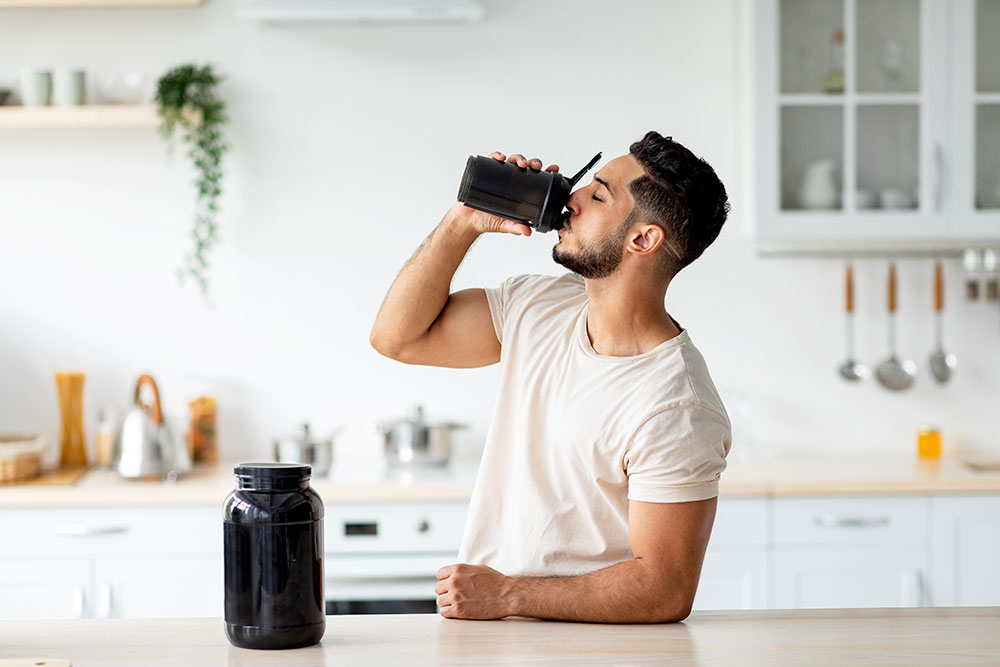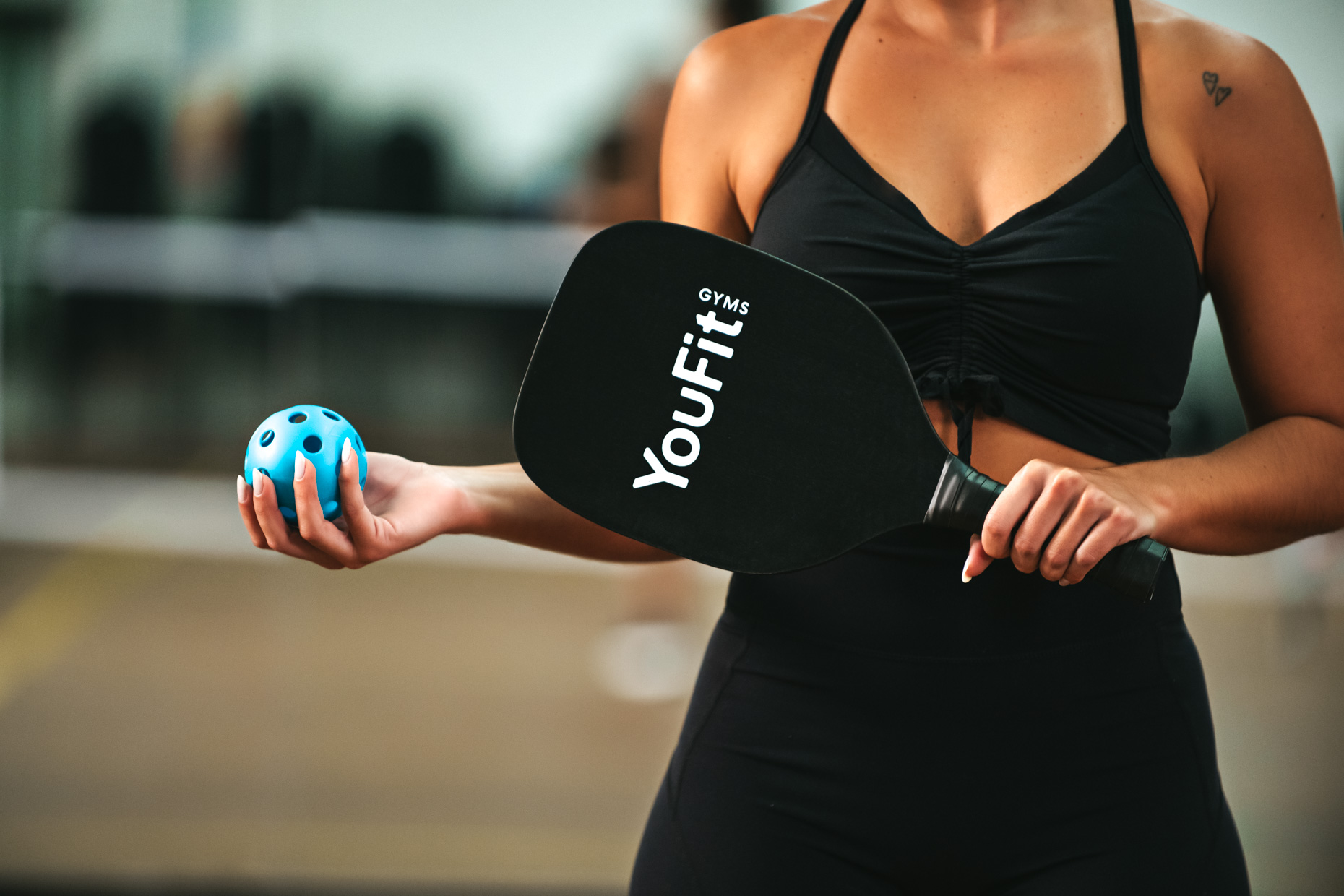Whether you’re focused on losing fat or building muscle, protein should be on the top of your nutritional priority list. Sure, carbohydrates and fats play important roles of their own, but out of all three macronutrients, there’s no doubt about which one is the most important. After all, your body needs adequate protein intake to support everything from cellular repair to muscle growth to longevity. But, what are the best sources of proten?
It can be challenging to hit your macro goal if you don’t know the right things to put on your plate (or in your cup). While there are plenty of convenient grab-and-go options like bars and shakes, the best sources of protein come from whole foods that don’t contain additives, preservatives or filler ingredients. Below, we’ll examine some of the key benefits of protein, explain the differences between complete and incomplete proteins, and spotlight the best sources of the macro that matters most when it comes to making gains and maintaining optimal health.
Benefits of Protein
What makes protein so critical? Although it’s mostly associated with increasing muscle and strength, there are many bodily functions and processes that depend on protein. Among the many benefits of consuming this macro, here are a few of the most relevant for gym goers:
Helps build lean muscle
Lifting weights is just one part of the equation for making gains. In order to grow new tissue, you need to put the right ingredients into the tank. Protein is literally the building block of your muscles. Consuming anywhere between 0.8-1.0 grams per pound of body weight is ideal for someone looking to build lean muscle. Failing to hit your protein goal, however, can cause you to come up short in that quest.
Reduces appetite
Ever felt hungry shortly after chowing down on some carbs? That’s not the case with protein. On the contrary, consuming protein can help reduce your appetite by reducing the level of ghrelin, your body’s hunger hormone.
Boosts metabolism
It takes energy to digest and absorb nutrients from food. And compared to the other two macros, protein is easily the most demanding on the body. According to a 2004 study, the thermic effect of food (TEF) for protein ranges between 20-35%. Fats and carbs only account for 5-15%. Essentially, that means you’ll only end up taking in between 65-80% of the total calories of that protein source.
Can help support weight loss goals
If you’re trying to trim inches off your waistline, your best bet is to build your diet around healthy protein sources. With an increased metabolism and reduced cravings, you should be on your way toward hitting your weight loss goal. And if you combine a protein-first approach with a proper strength program and high-intensity interval training (HIIT), you can get leaner, stronger and fitter–faster.
Complete vs. Incomplete Proteins
Not all protein sources are created equal. While some foods do contain the nine essential amino acids (the building blocks of proteins) our bodies require to function optimally, others do not. The former–which often are from animal-based products–are known as complete proteins.
On the other hand, ones that do not contain the nine essential amino acids are called incomplete proteins. Foods that fall under this category include nuts, legumes, and whole grains. Including both complete and incomplete protein sources in your nutrition plan will ultimately give you a good balance of vitamins and minerals, along with the building blocks for growth and repair.
What Are the Best Protein Sources?
From poultry to powders, there are ample ways to consume protein. While this list is by no means exhaustive, here are some of the best foods you can include in your weekly grocery haul for hitting your daily protein goal.
Eggs
All you need to do is figure out whether you want them hard-boiled, scrambled or over easy. Either way, you’ll get about 6-7 grams of protein per egg, depending on the size.
Beef
Leaner cuts of beef like top sirloin and flank steak are one of my favorite ways to get my protein in. They allow me to enjoy that unmistakable flavor of grilled meat without the higher fat content of a ribeye or New York strip. Or, you can use lean ground beef (10% fat or less) to throw a healthier version of Taco Tuesday at home.
Chicken
Chicken easily ranks high on the list of top protein sources–and for good reason. Besides being packed with protein, it’s a blank canvas for you to flex your culinary muscles. Use a homemade marinade to transform a plain ole’ chicken breast into something tasty for you and your family to enjoy.
Greek yogurt
Packed with nutrients like calcium and vitamin B12, Greek yogurt is a common item found in a fitness-focused fridge. A 7-ounce serving of the low-fat, plain version contains 20 grams of protein, along with less than 8 grams of carbs. This makes Greek yogurt a fantastic snack option, especially when you top it with fresh berries and a drizzle of honey.
Salmon
Seafood is generally a good source of protein. But out of all the options, salmon certainly stands out as No. 1. In addition to being perhaps the tastiest fish, it’s an excellent source of omega-3 fatty acids, which support heart and brain health.
Whey protein powder
A staple in the fitness community for decades, whey protein powder isn’t just meant for bodybuilders. Actually, it’s something every gym goer should have in his or her nutritional arsenal. Available in a wide variety of flavors, whey can be consumed in just a matter of seconds in a shake, or you can use your favorite protein powder to create desserts that actually support your goals.
Ground turkey
If ground beef isn’t your thing, ground turkey will do just fine. Aim for leaner versions; just be prepared to break out a few seasonings from your spice cabinet.
Lentils
One of the few non-animal-based items on this list, lentils are an underrated and often overlooked protein source. A one-cup serving of cooked lentils contains about 18 grams of protein. If you’re on a low-carbohydrate diet, though, they may not be the best option, as that same serving contains about 25 grams of net carbs.
By Stephen Sheehan – ISSA Certified Personal Trainer, Nutritionist, and Fitness Coach











